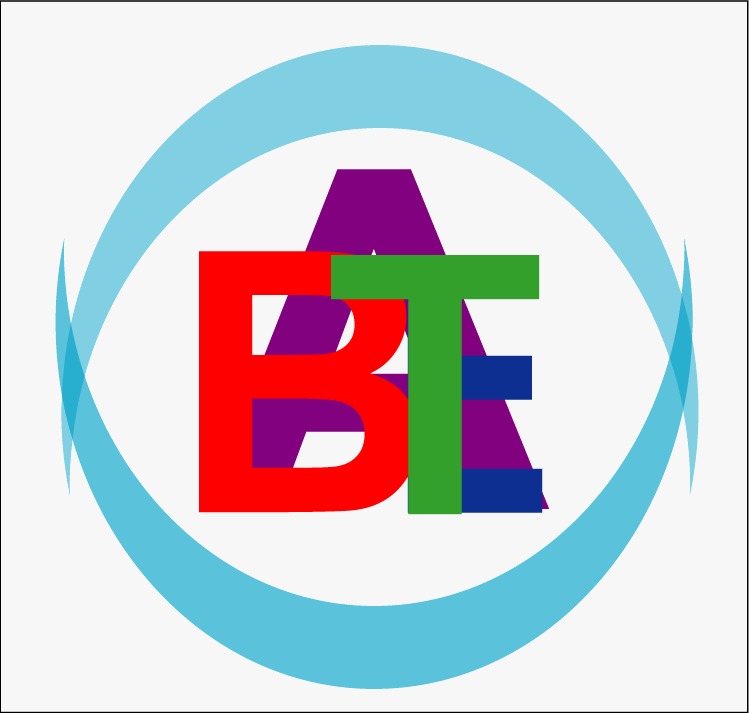Course duration = 15 Class
Per weak = 2 class
Duration per class = 3 hours
Course Outline
Introduction to Embedded System
What is microcontroller
Comparison between Microcontroller & Microprocessor
What is AVR?
Why AVR?
Comparison of AVR with other MCU
AVR Block diagram
Reason of choosing MCU for your project
Atmel AVR 8-bit microcontroller architecture
Special feature
Block diagram
System Clock
Installation & Environment Setup :
- Development life cycle
- Proteus Setup
- Atmel Studio 7.0
- IDE features
- Schematic design
- Simulation Concept
- Development kit
- Hardware construction
- Testing & Debugging
- Final Fabrication.
Class No : 1
Basic concept about C programming
Concept about if-else, do-while, for loop and goto statement
Concept about macro, header file and library design
Concept about Various custom data types
Exercise : Exercise of few problems in C will be given in class.
Class No : 2
Basic concept about Pointers and it’s usages
Concept about functional programming
Basic about OOP (Object Oriented Programming) like C++
Basic concept of class, properties, methods, constructor, destructor, static
members & methods etc of C++ programming
Exercise : Exercise of few problems in C & C++ will be given in class.
Class No : 3
I/O and port
GPIO’s
Analog I/O’s
Configuring ports and controlling their status
Example : Input and output detection method
Project : LED Blink and LED Turn on/off using Button, Interfacing 7 segments.
Class No : 4
Memory Management
Types of memories and its usage
SRAM
EEPROM
Special function registers
System Clock and Clock Options
Concept of Interrupt and it’s usages
Example : Internal Interrupt, External Interrupt, Pin Change Interrupt
Project : Interfacing PIR Sensor using External Interrupt
Class No : 5
Timers in AVR
Using 8-bit & 16-bit Timers
Asynchronous Timer
Counters & their usages
Example : Making ‘Delay’ using Timers, Count exact 1 second using Asynchronous Timer, Counting total input pulse using Counter
Project : Countdown display using 7 segments.
Class No : 6
Analog to digital conversion
ADC in AVR
Using different types of Reference for ADC
Detecting input voltage in ADC pi
Reading ADC value with interrupt & without interrupt
Measuring High Voltage DC/AC using ADC
Interfacing various analog sensors using ADC
Analog Comparator & it’s usages
Example : ADC reading, Interrupt based ADC reading
Project : Design a voltmeter, Temperature reading using sensor LM35, Capacitor meter
Class No : 7
Concept about Digital to Analog conversion (DAC)
Generating PWM using Timer0, Timer1 & Timer2
Making various voltage level using PWM
Making Sine Wave using PWM
Generating Sound using PWM
Example : Generating PWM and analyze it, generating Sine Wave & Sound
Project : Making various sound frequencies, Generating Siren using PWM
Class No : 8
Basic communication protocols
Basic about Serial Communication
Details about UART protocol
Example : Serial communication with PC and other microcontroller.
Project : Controlling load by giving command from computer, Connect Bluetooth module with microcontroller and control load remotely.
Class No : 9
Basic about SPI Communication
Details about SPI protocol and interfacing methodology
Example : SPI communication with other hardware & microcontroller
Project : Interfacing and reading SD card data using SPI protocol from microcontroller.
Class No : 10
Basic about I2C/TWI protocol
Advantages of I2C/TWI protocol over other protocol
Details about I2C/TWI protocol and interfacing methodology
Example : SPI communication with other hardware & microcontroller
Project : Interfacing and reading SD card data using SPI protocol from microcontroller.
Class No : 11
Basic Concept about Internet of Things (IoT)
Connect microcontroller with Internet through Ethernet Cable
Pulling data from server to microcontroller and pushing data to server from microcontroller
Controlling Load from a Webpage over Internet
Example : Controlling load and getting the device status update through Internet.
Project : Design an Internet controlled Home Automation project.
Class No : 12
Basic electronics design concept
Basic electronics calculation for designing circuit
PCB design basic
PCB design practice
Class No : 13
Design custom component in Proteus
Design PCB for custom component
Details about PCB Production in practical
Class No : 14 & 15
Final Project
